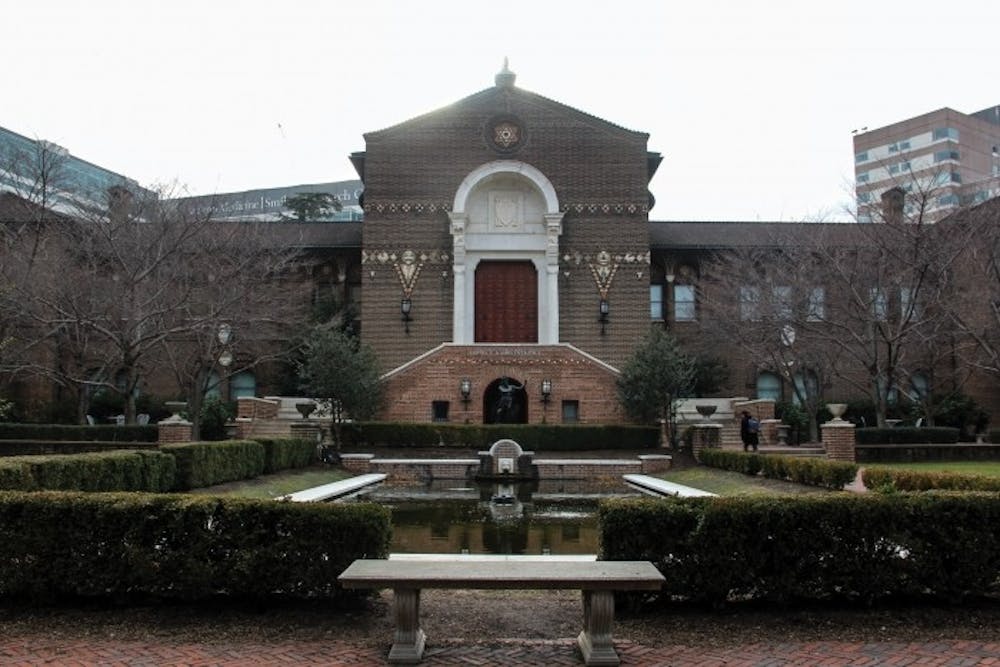By the time they graduate, most Penn students will have read the Iliad at some point during their academic career, or at least excerpts from it. If they had someone who taught it well, they would have discussed what Homer’s epics can teach us about ourselves, along with the ancient history and poetic brilliance that is par for the course.
The history of Homer’s time is threatened, though.
A trip to the Penn museum’s current exhibition “Cultures in the Crossfire” takes visitors past a series of screen monitors showing the mass destruction of objects from the Ancient world in areas of Northern Iraq and Syria torn by the Islamic State. The Baghdad Museum once held 50% of the objects uncovered at Ur through a joint effort by the Iraqi government, the British Museum, and our Penn Museum; when Baghdad fell in 2003, the US troops did little to nothing to protect those objects, leaving them vulnerable to looting for sale on the black market.
Historical preservation has been endowed with a renewed urgency, and that is why a trip to the Penn Museum is in order. The museum is doing breathtaking conservation work – peeks of which are visible to the public now in their special exhibition “The Artifact Lab: Conservation in Action.” The exhibition, essentially a glass viewing window surrounding a group of conservationists working on artifacts and available to answer questions, showcases the work the museum is doing to ensure Helen and Menelaus live on.
The Penn Museum’s head conservator is a woman named Lynn Grant, who had kindly offered to show me around the work the museum is doing. Walking past The Artifact Lab, I was informed that the conservators were mostly working on objects from Syria, due to the Crossfire exhibit and their threatened status (but I was told I could rest assured that there were still many mummies being worked on).
Lynn first took me to the photo lab where, among other machines bridging the scientific and the artistic, there sat a crimescope—a forensic-grade light source of the type used to detect body fluids at crime scene. The crimescope detects prior preservation efforts. We then walked to the X-Ray Lab, and I was informed that before they were able to purchase their X-Ray, the conservationists used to carry objects over to Penn Med to get X-Rays of them.
Lynn then brought me to the main attraction: the lab where the conservationists deconstruct and reconstruct the actual artifacts. I walked in to see a 4,400 year old metal bull, the oldest existent free-standing metal structure, and a conservator piecing together a damaged Islamic vase. However, my eye immediately shot to the right corner of the room, in which a woman was working on a massive Greek amphora. On it was an image of a man emblazoned with the word Menelaus. The history was here, it was real, and it was being preserved a mere two blocks away from the classroom in which I first read the Iliad.
I then sat down with Lynn in her office, where she explained the relevancy of their “Cultures in the Crossfire” exhibition: “there’s just so much loss—we are doing anything we can do to raise awareness about that.”
The screens in the “Crossfire” exhibition do not lie: the mass destruction of history is harrowing and deeply upsetting. The Penn Museum is doing all it can to preserve that history that has taught us so much about ourselves and will continue to shape the world we live in.

